Is It Really Buying?
First off, let’s clarify something. While we often call it “buying” a domain, it’s more like leasing or subscribing. You’ll need to pay for it every year (or whatever billing cycle you choose) to keep ownership.
What’s a TLD?
Another important term to know is TLD, or top-level domain. This refers to the part of the domain name after the dot—like .com, .ca, .org, or more customized options like .social, .bike, .tv, and so on. These custom TLDs tend to cost more than common ones like .com.
Historically, .com was meant for companies, .org for organizations, etc. Every country has its own TLD as well—.ca for Canada, .co for Colombia, .uk for the United Kingdom, and so on. Some countries restrict their TLDs to citizens or residents, while others don’t. For example, I believe there are still rules around owning a .ca domain, though it’s been so long since I set mine up that I forget the exact details. UK companies often use .co.uk rather than just .uk, for reasons I’m not entirely sure of—but hey, that’s what Google is for!
Where Do You Get a Domain?
The companies that sell domains are called Domain Name Registrars. You’ve probably heard of some of the bigger ones, like GoDaddy, from advertisements. I won’t recommend any one company over another—you’ll want to do your own research, as pricing and plans can be a bit confusing. That said, in today’s digital landscape, I personally recommend going with a Canadian company.
How to Find a Name That Works
Most registrars have a search interface that lets you check whether your desired domain name is available. If it’s not, you might need to get creative—either rethink the name or try a different TLD.
Watch Out for Upsells
Be cautious during the checkout process. Many registrars try to upsell you on additional services like website builders, email hosting, SEO tools, and more. These add-ons might sound convenient, but they can quickly drive up the cost. A site built using a registrar’s proprietary builder might also be difficult (or impossible) to move to another hosting provider later on, as we mentioned in our previous post.
One Add-On That’s Worth It
One add-on I do recommend is privacy protection. By default, domain ownership information—like your name and address—is publicly available via a “WHOIS” lookup. Most registrars offer privacy protection (under various names) to hide your details and replace them with a proxy name and contact information. This is worth paying for, in my opinion.
What’s Next?
Next up, we’ll talk about hosting!
Nova Scotia-based software developer with a rich history in entrepreneurship and technology. In the year 2000, embarked on a collaborative journey to automate statistical data gathering for a hockey pool, which later evolved into a thriving business focused on curating sports statistics.
Through strategic contracting in various sectors, including telecommunications and insurance, contributed to the growth of the startup, eventually expanding it to a significant enterprise with over 100 employees and worldwide affiliates.
Now, in the phase of semi-retirement, founded 'Daptl' to explore new contracting opportunities, adding another chapter to an already impressive career.


